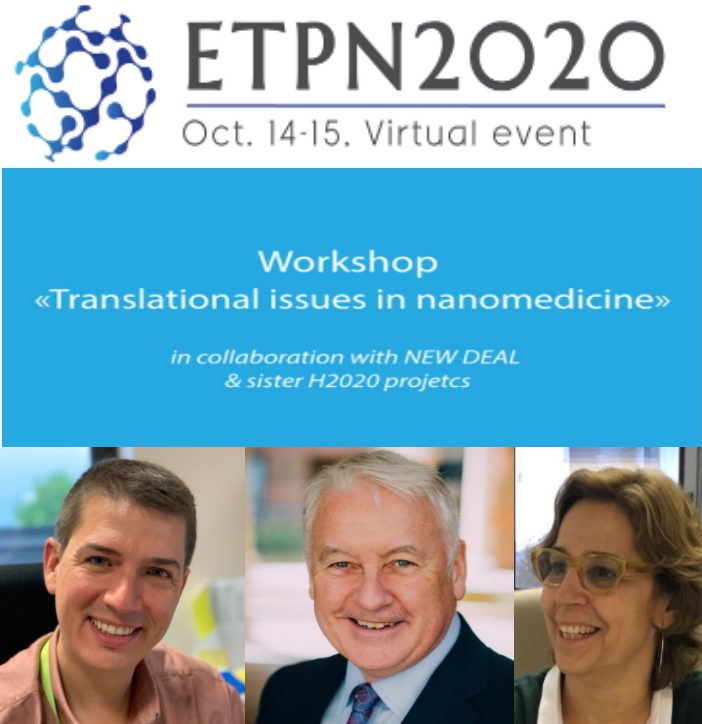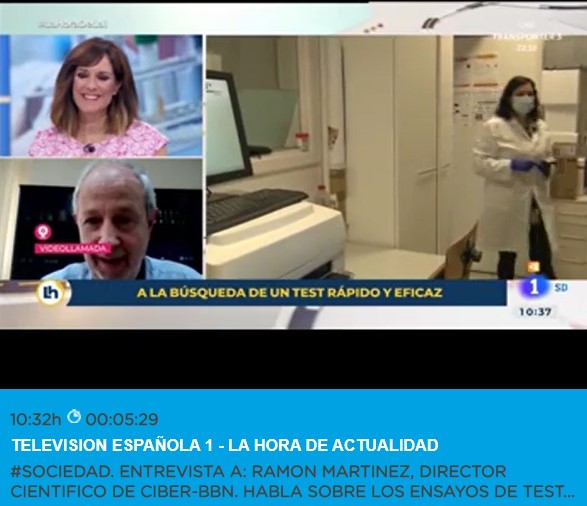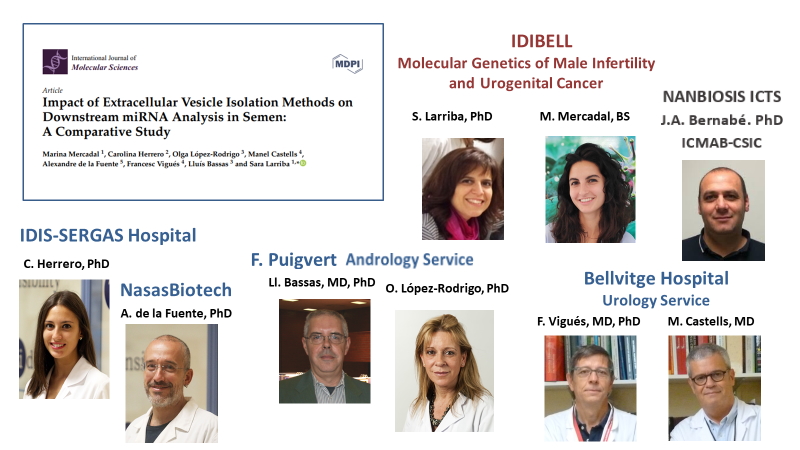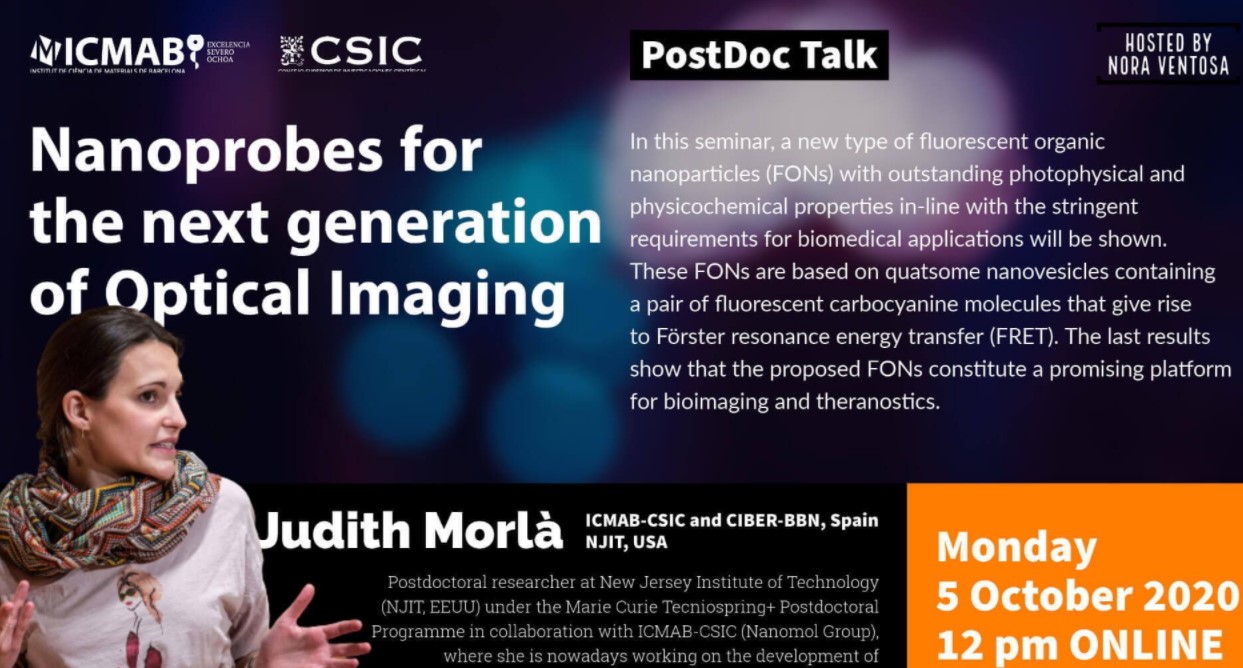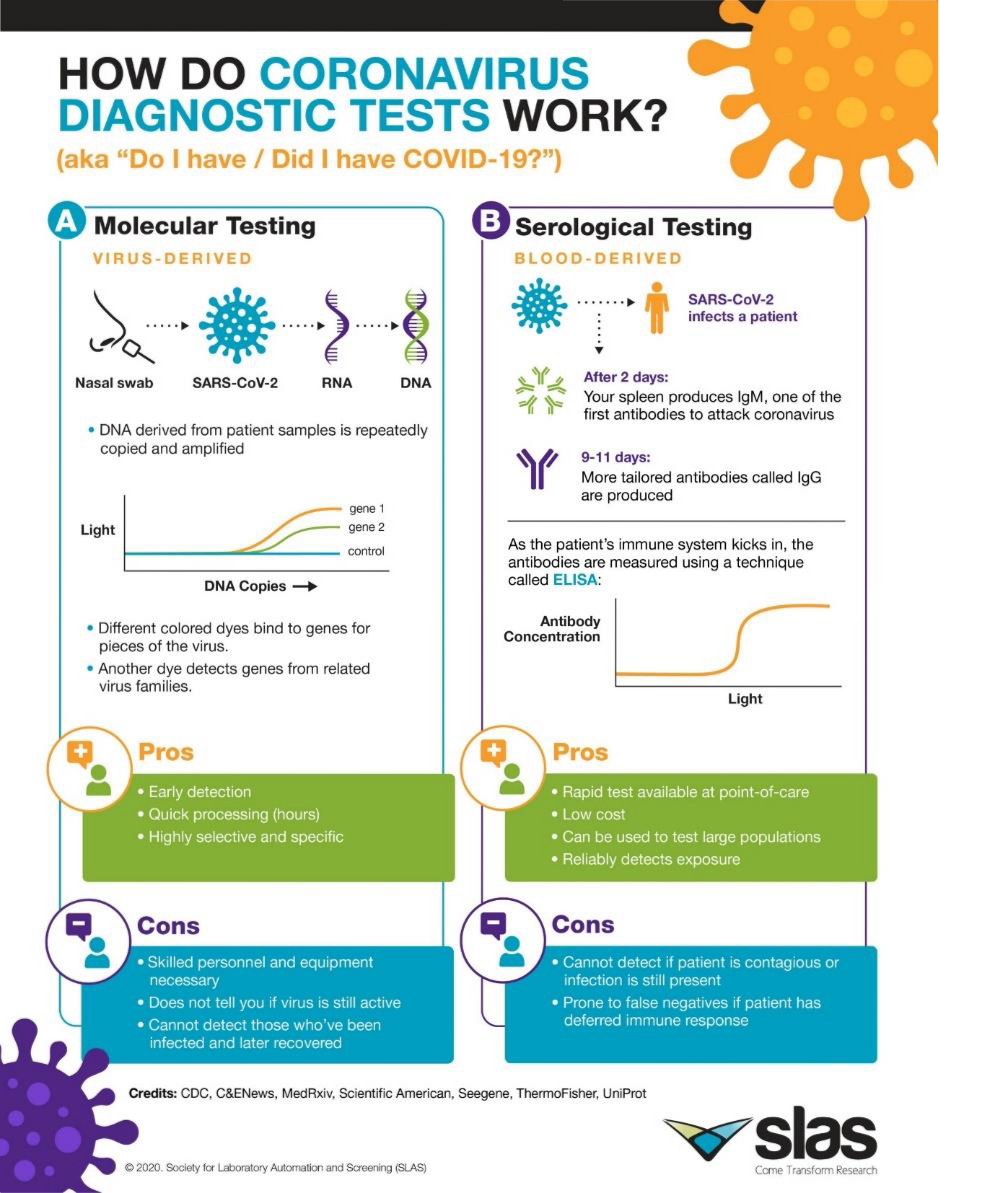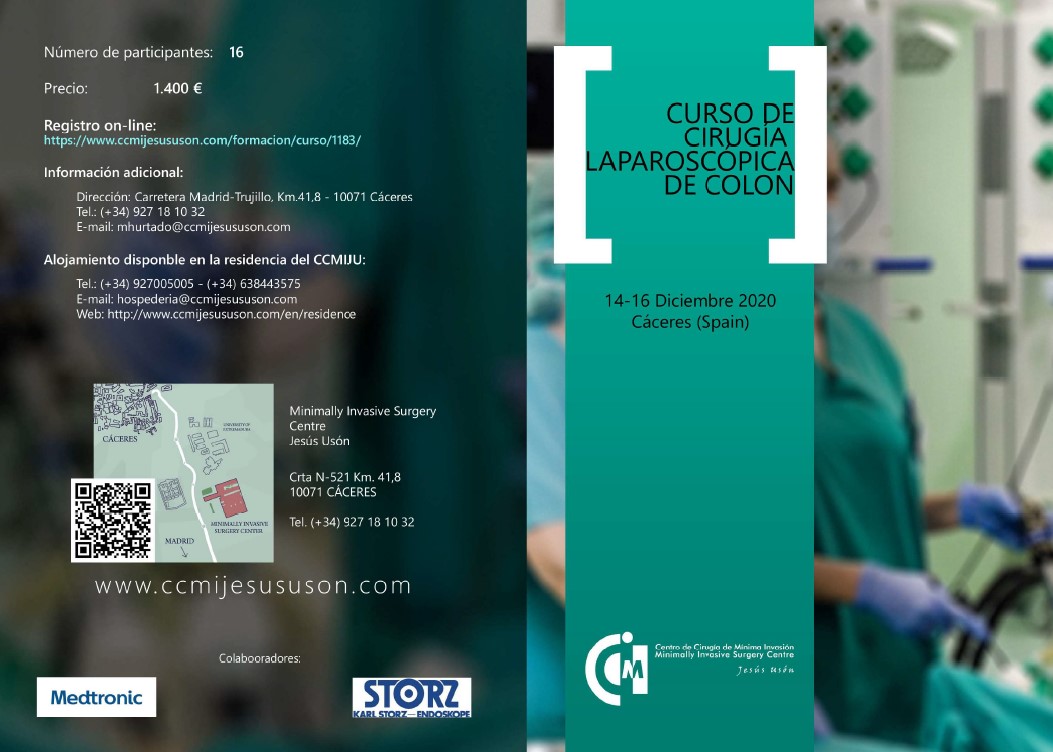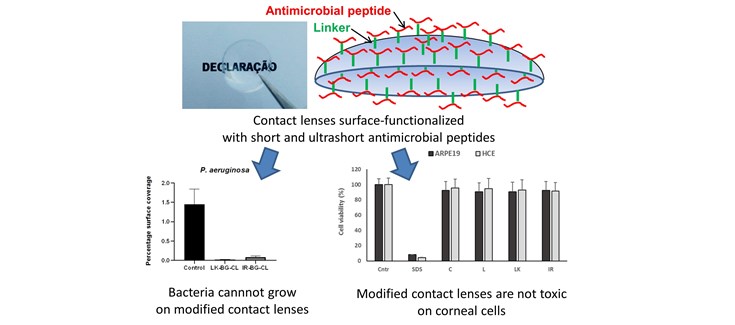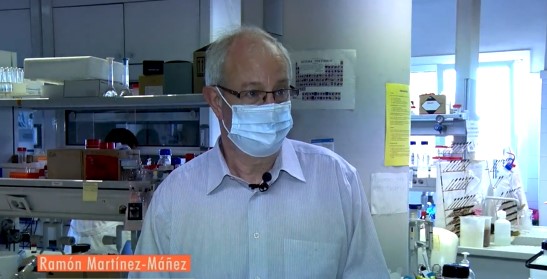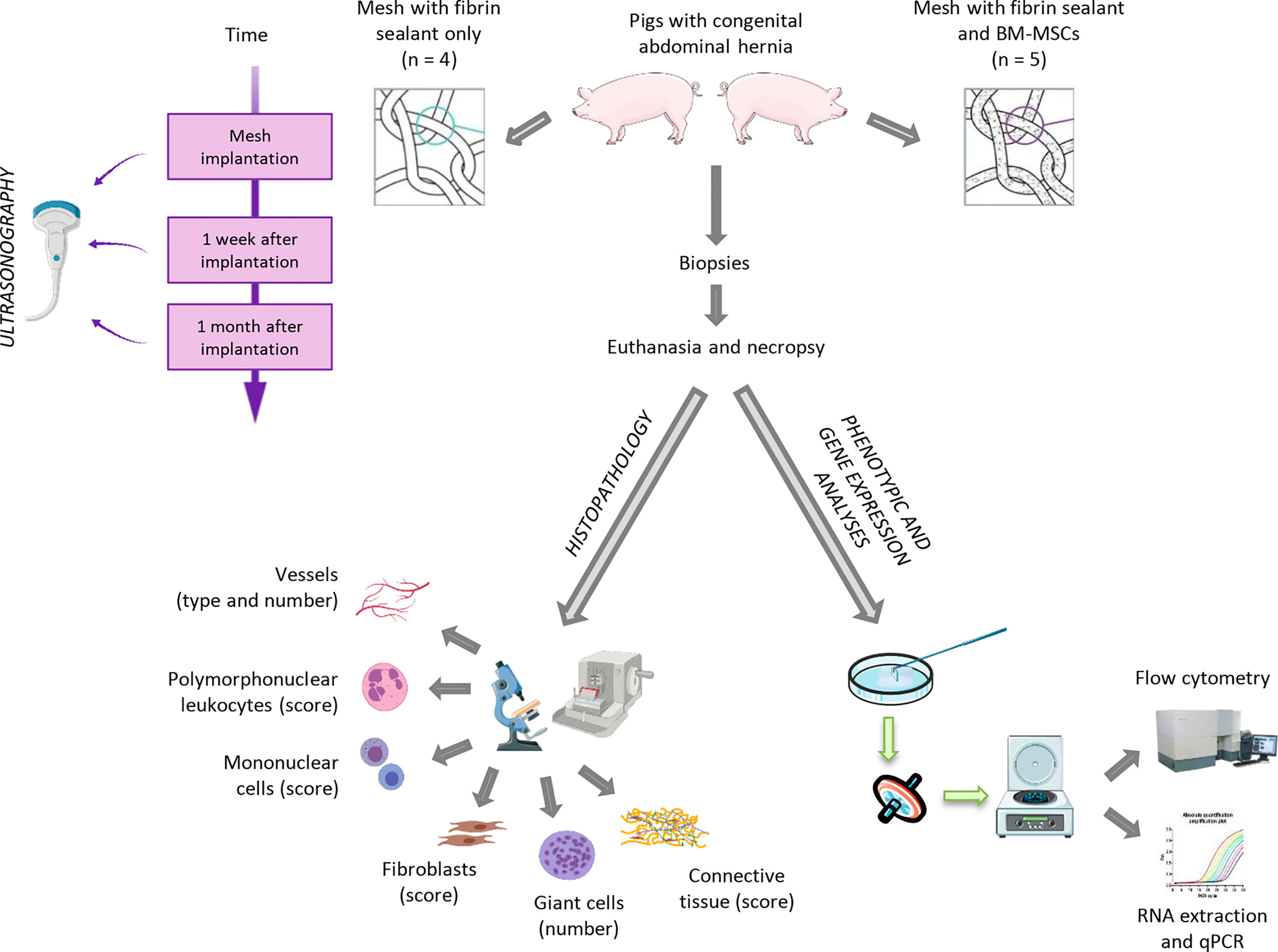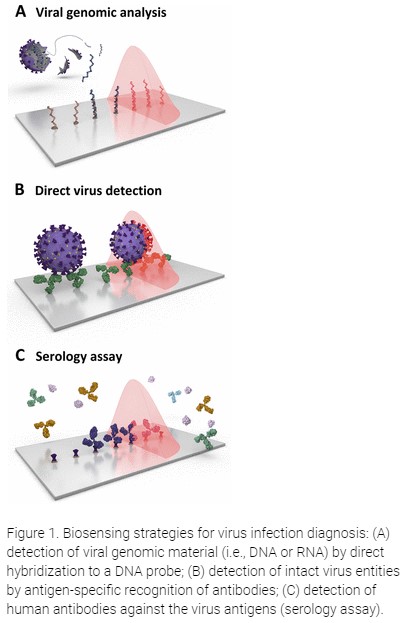Workshop “Translational issues in nanomedicine” with NANBIOSIS U6 researchers at ETPN2020
ETPN2020, the 15th annual event of ETPN, European Technology Platform on Nanomedicine will take place, fully virtual on Oct. 14-15 to share the latest trends and success stories in Nanomedicine and emerging Medtech.
In the frame of ETPN2020, on thursday Oct, 15, 12:00 will tak place the Workshop “Translational issues in nanomedicine” the workshop “Translational issues in nanomedicine” organized jointly by ETPN2020 and NMBP projects. Nora Ventosa, Scientific Director of NANBIOSIS U6 Biomaterial Processing and Nanostructuring Unit, will participate as coordinator of the european project Smart 4 Fabry
The workshop chairs will be Fabrice Navarro (Head of Laboratory at CEA LETI, France) and Alan Boyd (CEO & Founder of Boyds) (NEW DEAL H2020 project)
Registration deadline: Monday 12th October 2020 16:00 CET
Registration for free for the workshop for the NMBP projects, here:
To follow the complete ETPN event (ETPN members are free), click here
The latest version of the agenda is now to be found on: http://www.etpn2020.eu/e-program/
